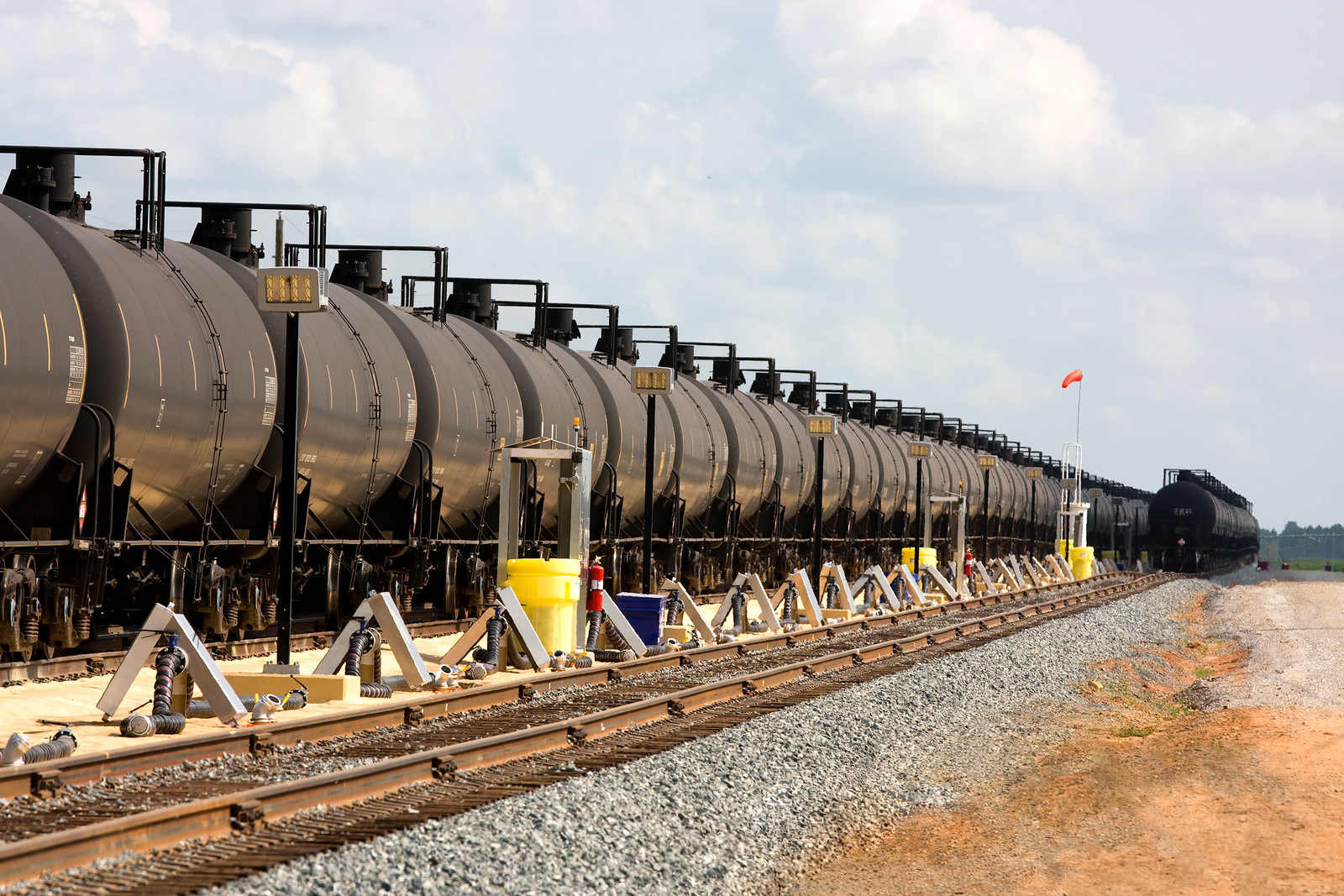Revitalizing American manufacturing has become a political priority. However, there is widespread agreement that the U.S. should reduce its dependence on foreign supply chains, rebuild domestic industrial capacity, and compete more effectively with economic rivals.
We can’t just play defense by using trade policy and tariffs; we also need to go on the offensive by building the U.S. economy. That means the government needs to get out of the way — reduce regulations, strengthen property rights and allow businesses to make their decisions, particularly regarding freight, the suppliers of the supply side.
Unfortunately, parts of our freight system haven’t kept pace with modern economic demands. While American railroads remain essential to long-distance shipping, the current network at times suffers from inefficiencies that slow commerce and raise costs. Regulations, labor issues, fragmentation, handoffs between carriers, and bottlenecks in cities like Chicago and St. Louis can create delays for shippers and undermine the global competitiveness of U.S. producers.
Meanwhile, Canadian railroads and trucking companies have gained a competitive edge by offering more integrated, coast-to-coast service while also enjoying fewer regulations.
The government’s thumb is firmly on these markets and driving the move to trucking. We need less regulation to remove the government’s thumb. Less regulation would put these industries on equal footing, increasing innovation in both markets and allowing businesses to make better decisions. For instance, while trucks will always be essential for short-haul and final-mile delivery, rail is four times more fuel-efficient than trucks, making it a more efficient option for large-scale freight movement.
The government also needs to allow the players in these markets to make the decisions they believe would make their companies better and more competitive.
For example, there is a proposed merger between Union Pacific and Norfolk Southern. The merger offers a practical step toward addressing structural challenges in rail to help ensure our country remains competitive on a global scale. While it doesn’t reduce the regulations harming these companies or reduce labor pressure on the companies, it does create a seamless, transcontinental network. The merger could enable goods to move more directly and reliably across the country, cutting costly interchanges and simplifying logistics for manufacturers, farmers and retailers.
These efficiencies could deliver not just a more efficient rail system but one that supports the broader goals of strengthening domestic industry and making American businesses more globally competitive.
Beyond its transportation benefits, establishing a coast-to-coast railroad through the Union Pacific and Norfolk Southern merger supports a key national objective: rebuilding the U.S. manufacturing base. Supply-chain disruptions in recent years have shown how critical dependable logistics are for keeping plants running and shelves stocked. Every day saved in transit, every reduction in shipping cost, and every improvement in network reliability directly affects whether American-made goods can compete with foreign alternatives.
A more unified rail system will reduce transit times, cut the number of handoffs, and provide shippers with a more predictable and cost-effective freight solution. That’s good for businesses and consumers, who benefit from lower prices and fewer shortages.
And a good way to create even more innovation in trucking and rail.
A stronger domestic rail network also supports good-paying American jobs. The combined company has committed to retaining and growing its skilled workforce, including train crews, engineers, mechanics and signal technicians. With increased traffic on a more efficient network, demand for these jobs will grow, especially in regions that stand to gain from improved access to rail infrastructure. That means new opportunities for workers in communities that have long been overlooked in national economic planning.
Some perennial critics of rail consolidation have raised their past concerns about consolidation, but this merger is not about reducing competition. On the contrary, it enhances it. It allows American railroads to compete more effectively with their Canadian counterparts and offers shippers a stronger alternative to trucking. It’s a pro-competition, pro-growth approach that addresses immediate logistical challenges and long-term national priorities.
At a moment when policymakers are focused on reshoring industry, stabilizing supply chains and reducing our reliance on fragile international networks, this merger arrives at the right time. It strengthens U.S. freight capacity, supports industrial growth and reinforces American competitiveness in a demanding global economy.
The regulators at the Surface Transportation Board, who are charged with reviewing this proposal, should approve the merger, not just as a sound business move but as a strategic investment in the country’s economic future.

